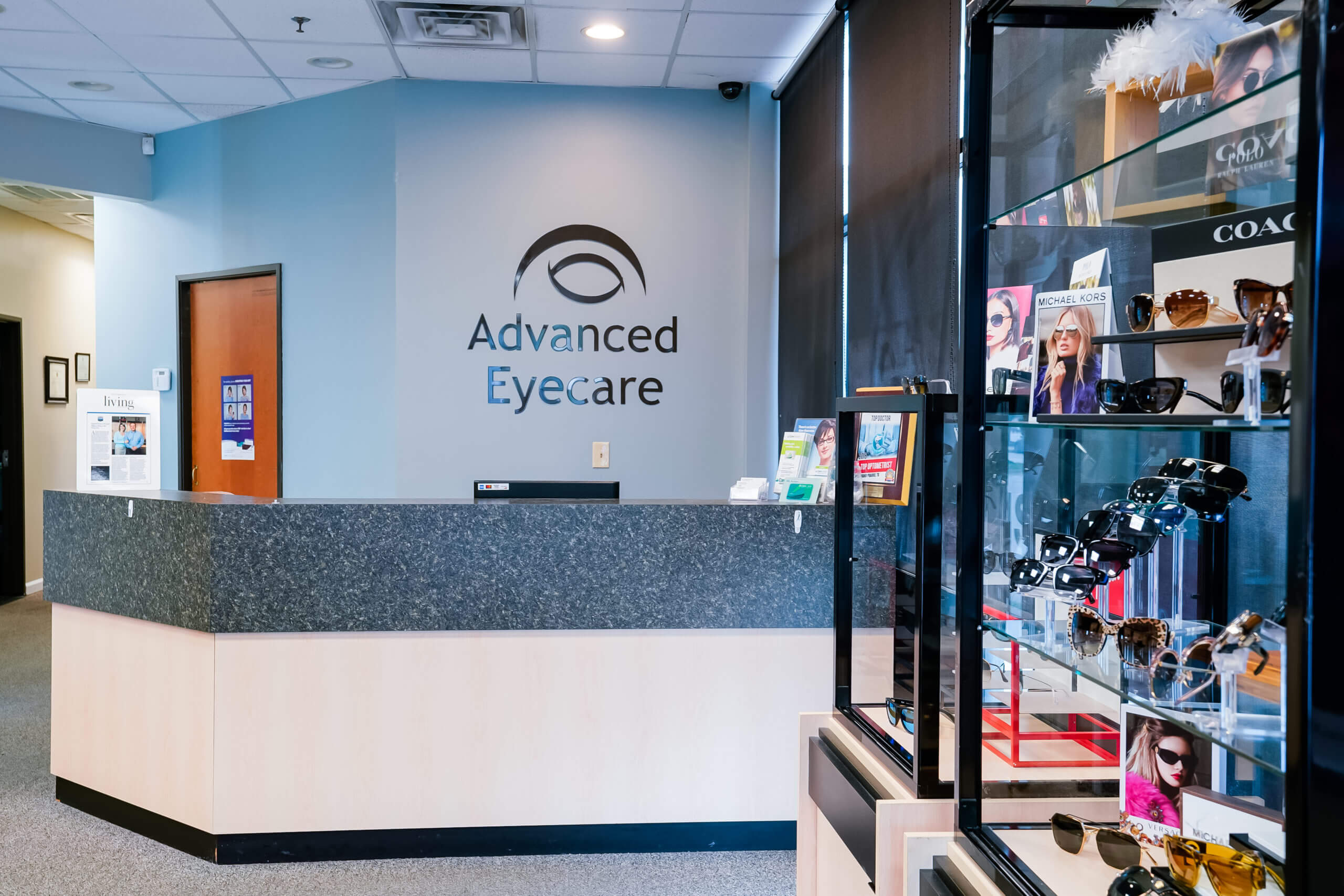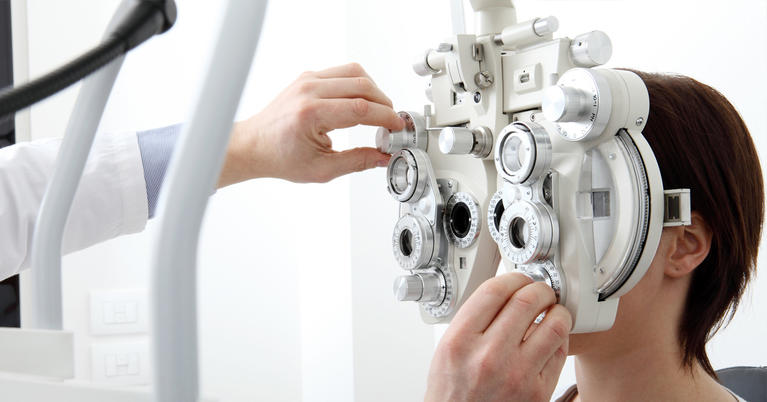Andalusia Ophthalmologist: Professional Ophthalmologists in Your Location
Andalusia Ophthalmologist: Professional Ophthalmologists in Your Location
Blog Article
The Pros and Disadvantages of Different Refractive Surgeries for Improved Eyecare

LASIK Surgery
LASIK surgical treatment is a generally executed refractive procedure that aims to remedy vision problems such as farsightedness, nearsightedness, and astigmatism. During the treatment, a slim flap is created on the cornea, and a laser is used to improve the underlying cells, remedying the refractive error.
One of the primary benefits of LASIK surgery is the fast renovation in vision experienced by numerous individuals. Most people discover a substantial improvement in their sight shortly after the procedure, with very little downtime needed for recuperation. In addition, LASIK is recognized for its high success price and low incidence of difficulties when carried out by knowledgeable doctors. Like any surgical procedure, LASIK likewise brings some dangers, consisting of dry eyes, glow, halos, and under or overcorrection of vision. It is necessary for individuals thinking about LASIK surgery to undertake a complete analysis by an eye care specialist to figure out if they appropriate candidates for the procedure.
PRK Procedure
The PRK treatment, additionally referred to as Photorefractive Keratectomy, is a sort of refractive surgery that intends to remedy vision issues comparable to LASIK surgery. Unlike LASIK, which involves developing a flap in the cornea, PRK deals with the surface area layer of the cornea. During the PRK procedure, the external layer of the cornea, called the epithelium, is gotten rid of to permit reshaping of the underlying corneal cells with an excimer laser. This improving assists to deal with refractive mistakes such as farsightedness, nearsightedness, and astigmatism.
One of the advantages of PRK over LASIK is that it removes the risk of flap-related complications because no flap is created throughout the surgical procedure. Regardless of the longer recovery period, PRK can be a suitable option for individuals seeking vision modification surgical procedure.
SMILE Surgical Treatment
A sophisticated refractive surgery strategy obtaining popularity in the field of ophthalmology is SMILE Surgery. Tiny Cut Lenticule Extraction (SMILE) is a minimally invasive procedure that remedies vision by improving the cornea utilizing a femtosecond laser. Unlike typical LASIK surgical procedure, SMILE Surgical procedure involves creating a small cut in the cornea to remove a lenticule, which causes less interruption to the corneal structure and potentially faster recovery times.
One of the primary advantages of SMILE Surgical treatment is its capability to deal with myopia (nearsightedness) and astigmatism with high accuracy, causing superb visual outcomes for clients. The minimally intrusive nature of the treatment likewise decreases the risk of problems such as dry eye syndrome, making it a desirable option for individuals looking for refractive surgical procedure.

LASEK Method
Having actually checked out the advantages and factors to consider of SMILE Surgical treatment, one more notable refractive surgical procedure technique worth examining is the LASEK Method. LASEK, which represents Laser-Assisted Subepithelial Keratectomy, is a kind of laser eye surgical treatment that aims to remedy refractive mistakes such as nearsightedness click for more info (nearsightedness), hyperopia (farsightedness), and astigmatism.
Unlike LASIK, LASEK does not entail developing a corneal flap. Instead, throughout a LASEK procedure, the cosmetic surgeon makes use of a diluted alcohol solution to loosen the thin outer layer of the cornea, recognized as the epithelium.
Among the primary advantages of LASEK is that it can be ideal for people with slim corneas that may not be excellent candidates for LASIK. Additionally, LASEK normally leads to marginal post-operative discomfort and a quicker healing time contrasted to PRK. The aesthetic recuperation process with LASEK might be somewhat longer than with LASIK.
Implantable Get In Touch With Lenses
Implantable Get in touch with Lenses use a lasting vision improvement solution for individuals looking for a choice to conventional contact lenses or glasses. These lenses, also known as phakic intraocular lenses, are surgically inserted right into the eye to fix refractive errors such as nearsightedness (nearsightedness), hyperopia (farsightedness), and astigmatism. eye center andalusia. Unlike standard get in touch with lenses that rest on the surface area of the eye, implantable call lenses function within the eye itself, giving clear vision without the requirement for daily maintenance or elimination
One of the key benefits of implantable get in touch with lenses is their permanence. When put, they can stay in the eye basics indefinitely, providing regular and stable vision correction. Additionally, these lenses can be an exceptional alternative for people who are not good candidates for laser eye surgery or that favor a relatively easy to fix vision correction procedure.
However, implantable get in touch with lenses do bring some dangers, consisting of the capacity for cataracts or enhanced eye stress. It is critical for people considering this alternative to consult with an eye care specialist to establish if implantable get in touch with lenses are the best selection for their certain demands and eye wellness.
Conclusion
In final thought, each kind of refractive surgery has its own advantages and drawbacks. LASIK surgical procedure is prominent for its quick healing time, while PRK treatment might be ideal for people with thin corneas. SMILE surgery provides minimal discomfort throughout the treatment, but LASEK strategy may have a longer recovery procedure. Implantable get in touch with lenses provide a choice for those who are not appropriate prospects for conventional surgeries. Individuals need to speak with their eye care company to identify the most effective alternative for their specific requirements.

Generally, SMILE Surgical procedure provides an encouraging option for people looking to boost their vision via refractive surgical treatment.
Report this page